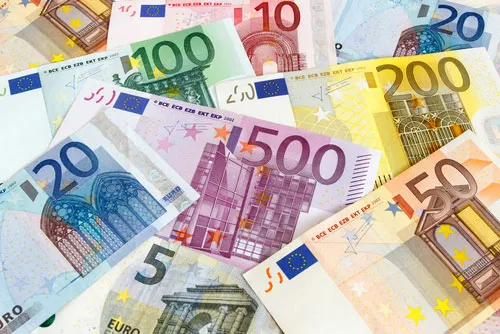The Euro (€) is the official currency of 20 out of the 27 European Union (EU) member countries. Introduced in 1999 for electronic transactions and 2002 for physical cash, it has become one of the most influential currencies in the world. Whether you’re traveling to Europe, investing in global markets, or simply curious about international finance, understanding the Euro is essential.
What Is the Euro?
The Euro (EUR) is the second most traded currency in the world, after the U.S. dollar. It is issued and managed by the European Central Bank (ECB) and the Eurosystem, which includes the central banks of all Eurozone countries. The symbol for the Euro is €, and its ISO currency code is EUR.
Eurozone: Who Uses the Euro?
The Eurozone refers to the group of EU countries that have adopted the Euro as their official currency. As of 2025, these countries are:
-
Austria
-
Belgium
-
Croatia
-
Cyprus
-
Estonia
-
Finland
-
France
-
Germany
-
Greece
-
Ireland
-
Italy
-
Latvia
-
Lithuania
-
Luxembourg
-
Malta
-
Netherlands
-
Portugal
-
Slovakia
-
Slovenia
-
Spain
Several non-EU territories and microstates like Andorra, Monaco, San Marino, and Vatican City also use the Euro through formal agreements.
History of the Euro
-
1991: The Maastricht Treaty sets the foundation for a single European currency.
-
1999: The Euro is introduced for accounting and electronic payments in 11 EU countries.
-
2002: Euro coins and banknotes enter circulation, replacing national currencies like the Deutsche Mark and French Franc.
-
2007–2015: Several Eastern European countries gradually adopt the Euro.
-
2023: Croatia becomes the 20th Eurozone member.
Euro Banknotes and Coins
Euro banknotes come in €5, €10, €20, €50, €100, €200, and €500 denominations. They are uniform in design across all Eurozone countries. Coins, ranging from 1 cent to 2 euros, share a common side but feature national symbols on the other.
Benefits of the Euro
-
Price Transparency: Makes it easier to compare prices across countries.
-
Eliminates Exchange Rate Fluctuations: Reduces transaction costs and risks in cross-border trade.
-
Economic Stability: Promotes fiscal discipline and monetary stability within the Eurozone.
-
Convenience: Travelers can use the same currency across many countries.
Challenges and Criticisms
-
Loss of Monetary Sovereignty: Countries can’t adjust their own interest rates or currency values.
-
Asymmetric Shocks: Economic problems in one member country can affect the entire Eurozone.
-
Debt Crises: Countries like Greece have faced severe debt crises exacerbated by the inability to devalue their currency.

